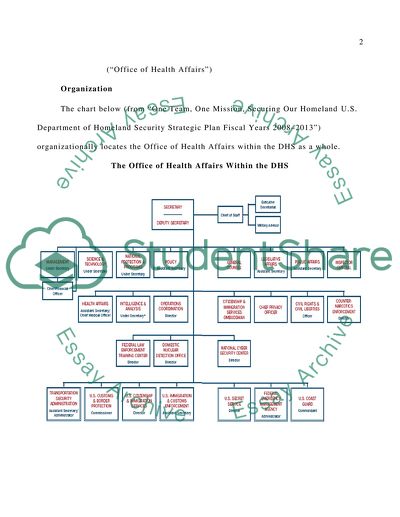Cite this document
(DHS - the Office of Health Affairs Research Paper, n.d.)
DHS - the Office of Health Affairs Research Paper. Retrieved from https://studentshare.org/politics/1745908-office-of-heath-affairs
DHS - the Office of Health Affairs Research Paper. Retrieved from https://studentshare.org/politics/1745908-office-of-heath-affairs
(DHS - the Office of Health Affairs Research Paper)
DHS - the Office of Health Affairs Research Paper. https://studentshare.org/politics/1745908-office-of-heath-affairs.
DHS - the Office of Health Affairs Research Paper. https://studentshare.org/politics/1745908-office-of-heath-affairs.
“DHS - the Office of Health Affairs Research Paper”, n.d. https://studentshare.org/politics/1745908-office-of-heath-affairs.


